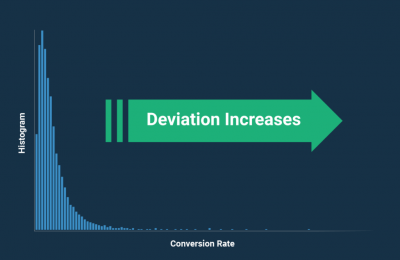Jan 15th 2019
How Vungle Fights Fraud — Part 1: Our Method
Fraud has unfortunately become an industry-wide issue over the past few years. Forbes estimates that in 2018 advertisers lost $19 billion to fake impressions and fake mobile application installs. Recently, BuzzFeed exposed a massive fraud scheme that left the entire mobile industry a bit shaken.
Many providers in the mobile market have already built unique solutions to the fraud problem, and while these adjacent tools can be extremely valuable on top of Vungle’s in-house fraud detection, we feel the responsibility should ultimately lie with us. That’s why we’ve taken a proactive approach to tackling mobile ad fraud, and in this first of a two-part blog series, we’ll explain what we’re doing to keep the Vungle network authentic.

In early 2016 we began to see fraud on a more industrial scale. Since then, Vungle’s data science team has been iterating our fraud detection algorithm. We currently use 23 different variables to identify fraudulent activity — including post-install information, data sent directly from our developers, rejected install callbacks, suspicious session times, and more data sent by powerful third-party fraud detection tools.
“We currently use 23 different variables
to identify fraudulent activity”
Using these variables, we are able to create patterns based on first-party developer data, quickly detecting events that occur outside of the trend. This allows us to score every publisher on our platform and identify any suspicious players. Our unique modeling also prevents the use of static thresholds that often lead to false positives. In addition, this model allows us to react efficiently to new types of behavior without having to change our approach.

Our 100% SDK direct platform has complete transparency into where our partners’ campaigns are running. Because of this, our partners feel confident that they aren’t purchasing indirect or affiliate supply, which comes with inherent risk. That said, if any developers suspect abnormal activity on the network, we work closely with them to verify and reimburse any fraud.
As Vungle continues to transform how people discover and engage with apps, we realize that educating our partners about fraud is as important as detecting it. A shared understanding on fraud detection methodology across the industry is crucial to combatting the bad players who affect all our businesses. Vungle always welcomes an open dialogue on this subject, especially in regards to adjacent products or competitors.
Read the second part of our blog series on fraud, in which we focus on which fraud solutions are the most effective.
